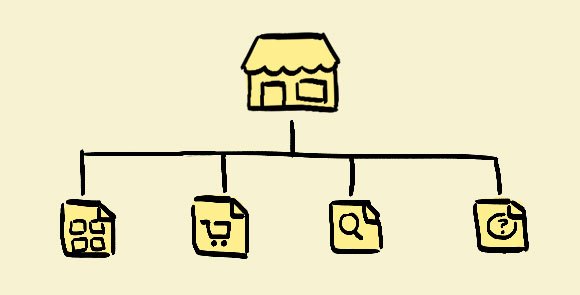
When Facebook created Messenger in 2011, there was some initial hesitation to download a second app to use Facebook (today, Facebook technically has three). Gradually we’ve come to accept this division of labor, and Messenger has come into its own.
Now, Facebook Messenger is poised for some interesting updates. Facebook’s developer conference (F8) last month announced the Messenger Platform and Messenger for Business. Messenger is no longer siloed to being a messaging application that is simply synced with your Facebook account. In fact, pretty soon you’re going to be able to integrate all sorts of apps into Messenger, which means sharing directly onto Messenger. And, with Messenger Business, you could be conversing with brands and stores directly for customer service. The image below, curiously on an Android, hints to something a little further than just messaging though.

Reading the right hand screen, you’ll see that a user okays an additional order through Facebook Messenger. We’re already using Messenger as email, as a one-to-one sharing application, and now we have transactions. Flashback to 2012. Remember when Facebook started “Facebook Stores”, ultimately closing shop on that avenue as brands failed to see ROI? Is this Facebook on their way to re-entering e-commerce?

When we think of what Facebook is trying to accomplish and transform in the United States, it’s not hard to be reminded of WeChat in China. WeChat managed to sidestep the burgeoning appearance of competing social media apps, and become one consolidated juggernaut for China. (In contrast, we have Facebook, Instagram, Twitter and more). WeChat flattens them with its multitude of functionality – one can share, chat one-to-one, chat in groups, call each other, take and send videos, create stores, and accept payments through the Weixin payments API. You can even send users money Venmo style. Sound familiar? Facebook made this announcement last month as well.

Facebook definitely seems back on track with e-commerce, but with a smarter focus this time around. They’re integrating stores starting with a customer service value add – evolving similarly to WeChat. It’s true that live chat and support has done wonders for the e-commerce industry, and Facebook is offering a streamlined way for them to tap into their already created application with tons of users. They’re even working with Zendesk to further refine this leg of the app. Beyond chat, you can also imagine that any time something goes awry, you could probably just click the “Call” icon and be directly connected to customer service, user ID and interactions attached, all through your friend, Messenger.
Facebook is hedging its bets and exploring multiple avenues of deeper engagement simultaneously as well as, of course, revenue.
Furthermore, consider Instagram in this e-commerce system. Having just launched sponsored product slide posts, it’s extremely possible that Instagram may move from a “Learn More” to a “Buy” or “Ask” button that takes you seamlessly into Messenger to chat with a stylist or customer representative to complete your order. From there, it’s not a big leap to suddenly see the benefit of an in-app catalogue to streamline user experience as customers add onto their order or consider exchanging items. The challenge will be to not bloat Messenger functionalities and cannibalize part of the Facebook App itself.

Not everything Facebook develops pans out at first (e.g. Stores) and not everything will bite – but sometimes it does. It will be the startups who take Facebook’s e-commerce experiment on first, with big brands observing close by. They have less to lose, and more to gain. But speaking more broadly, take notice to see things that are beginning to happen in parallel. On the one hand, here’s a step towards e-commerce in Messenger, and on the other, there’s also a step towards native news content in your News Feed. What does this do? Keep you in the Facebook suite of apps. Facebook is hedging its bets and exploring multiple avenues of deeper engagement simultaneously as well as, of course, revenue.
And in case you missed it, Facebook just added video messaging to Messenger yesterday. Another question occurs: What do you think will become of Whatsapp?




